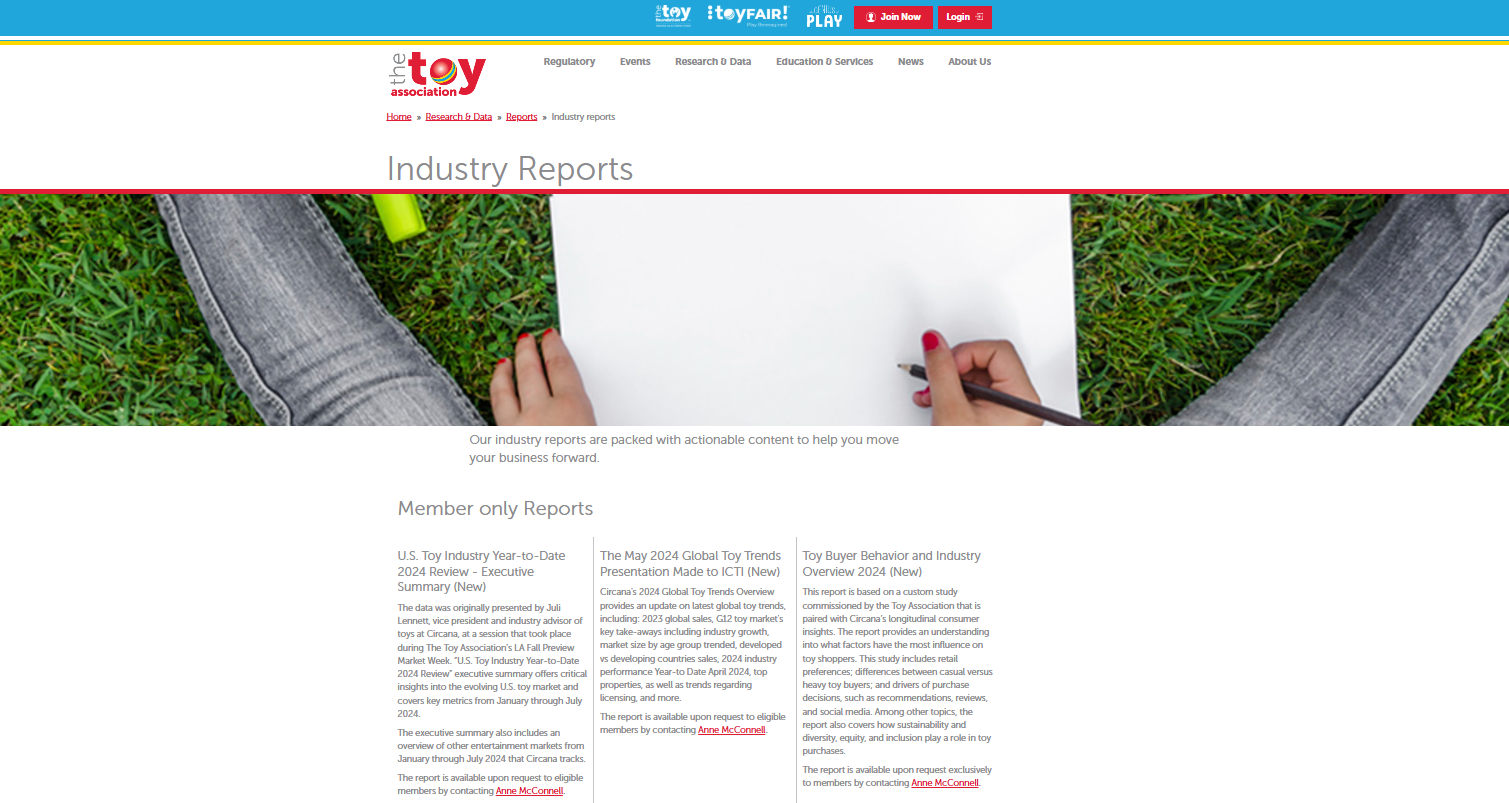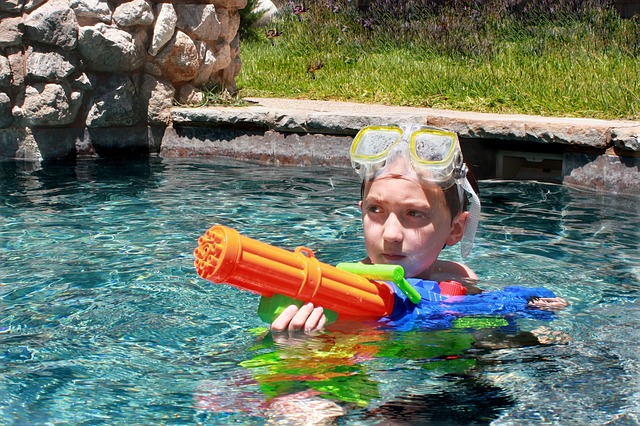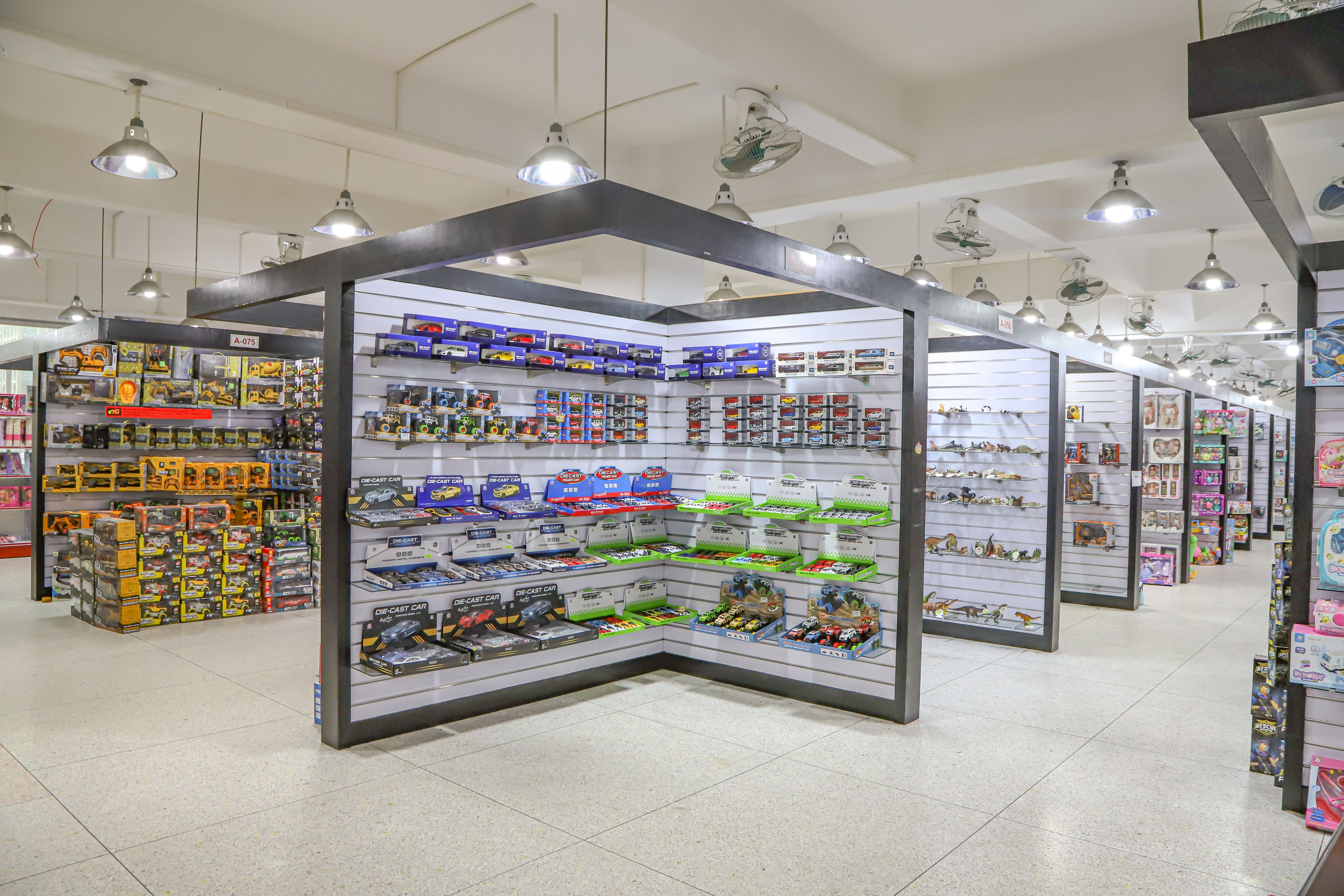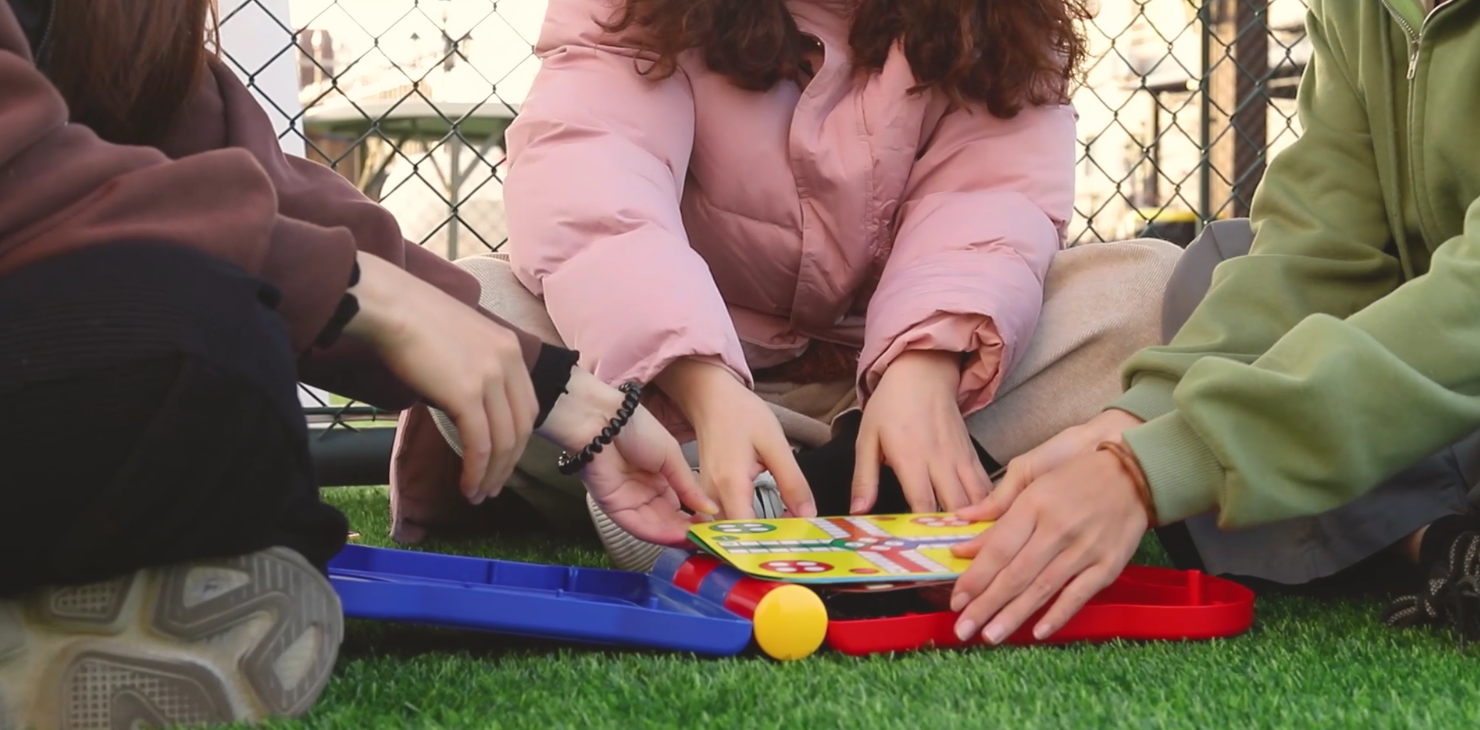English
How to Choose the Best Selling Toys for Your Business
The toy industry is dynamic and constantly evolving, offering vast opportunities for businesses like retailers, importers, and wholesalers. Selecting the best selling toys is critical to standing out in this competitive market. Whether you're stocking a boutique store, managing a large e-commerce platform, or supplying other businesses, the right choices can maximize profits, build customer loyalty, and enhance your brand's reputation.
This guide will explore actionable strategies and insights to help you choose the best selling toys for your business effectively.
1. Identify Your Target Customers
The foundation of selecting successful products is understanding your target market. Your customers' needs, preferences, and demographics should dictate the types of toys you offer.
- Retailers: Look for versatile options that appeal to individual shoppers, such as collectibles, seasonal toys, or trending items.
- Importers: Seek popular, high-demand products that align with broader market trends.
- Wholesalers: Offer a wide variety of options, from educational toys to tech-based gadgets, to cater to businesses with diverse audiences.
Key Considerations:
- Age Group: What age range do your toys target—toddlers, preschoolers, school-aged children, or teens?
- Purpose: Are you focusing on entertainment, education, or creative engagement?
- Budget: Is your audience looking for budget-friendly products or premium toys?
By narrowing down your audience, you'll have a clearer understanding of what to stock.
2. Stay Updated on Industry Trends
The toy industry thrives on trends, which can be driven by movies, TV shows, social media, or advancements in technology. To identify trending products:
- Follow industry reports from sources like NPD Group or Toy Association.
- Monitor social media platforms like TikTok and YouTube for viral toy videos.
- Monitor e-commerce platforms like Amazon and Walmart for bestsellers.
- Use Google Trends to analyze search data for specific toy categories.
- Follow social media influencers who showcase the latest toys.
- Attend trade shows and exhibitions to discover upcoming trends firsthand.
For example, the popularity of STEM toys has surged in recent years, reflecting growing demand for educational products that foster skills in science, technology, engineering, and mathematics.

Industry Reports from Toy Association
3. Invest in Timeless Best Selling Toys
While trends may dominate short-term sales, evergreen toys provide consistency and reliable revenue. These products are loved across generations and remain relevant despite changes in the market.
Examples of Timeless Best Selling Toys:
- Building blocks (e.g., LEGO sets).
- Plush toys and dolls.
- Board games and puzzles.
- Remote control cars and planes.
Balancing trendy and classic toys ensures your inventory caters to both immediate trends and enduring customer favorites.
4. Understand Seasonal Sales Patterns
Toys often experience spikes in sales during certain seasons. Knowing these patterns can help you plan your inventory effectively.
- Holiday Season: The most lucrative time for toy sales, particularly for gift-worthy items like action figures, playsets, and premium educational kits.
- Summer: Outdoor toys like water guns, sandcastle kits, and sports equipment see higher demand.
- Back-to-School: Parents and educators look for learning tools such as STEM kits, puzzles, and craft supplies.
Plan your purchasing and marketing strategies around these cycles to maximize profits.

5. Prioritize Quality and Safety
Parents and educators place a high value on the safety and durability of toys. Ensuring that your products meet quality standards will enhance your brand’s credibility and appeal.
Safety Standards to Look For:
- ASTM or CE certifications.
- Non-toxic materials and lead-free paints.
- Sturdy construction that prevents choking hazards or breakage.
High-quality toys also reduce the likelihood of returns, leading to better customer satisfaction and loyalty.
6. Optimize Profit Margins
Selecting the best selling toys goes beyond popularity—it's about profitability. Consider factors like cost, pricing, and scalability when choosing your inventory.
Tips for Better Margins:
- Negotiate bulk discounts with suppliers.
- Bundle products to increase average order value (e.g., pairing dolls with accessories).
- Focus on unique items with less competition to avoid price wars.
For example, offering exclusive remote control cars with advanced features can set your business apart and justify premium pricing.
7. Diversify Your Inventory
Stocking a wide range of toys helps you cater to various customer segments and reduce the risks of over-relying on one category.
Popular Categories to Explore:
- Educational Toys: STEM kits, language learning tools, and DIY crafts.
- Outdoor Toys: Swing sets, inflatable pools, and ride-on cars.
- Technology Toys: Robots, drones, and app-controlled gadgets.
- Licensed Products: Toys tied to popular movies, TV shows, or video games.
By offering a mix of categories, you can attract diverse customers and ensure steady sales throughout the year.
8. Build Strong Supplier Relationships
Reliable suppliers are the backbone of a successful toy business. Choose partners who can provide high-quality products at competitive prices and deliver on time.
What to Look For in a Supplier:
- Broad product selection to meet varying customer demands.
- Flexible order quantities, especially if you're testing new products.
- Transparent pricing and payment terms.
Having trusted suppliers also gives you access to exclusive products or early releases, giving you a competitive edge in the market.

ZHORYA Showroom
9. Leverage Data for Better Decisions
Data-driven insights can guide your inventory choices and improve your decision-making. Use analytics tools to monitor sales performance, track trends, and identify gaps in your offerings.
Metrics to Watch:
- Sales Volume: Which toys are your top sellers?
- Customer Feedback: What are buyers saying about your products?
- Inventory Turnover: How quickly do your products sell out?
Using this data, you can refine your inventory strategy and focus on products that bring the highest returns.
10. Appeal to Emotional Buying
Toys are not just products—they're experiences that evoke joy, creativity, and nostalgia. Highlight these emotional aspects in your marketing and product selection.
For example:
- Offer toys that encourage bonding, such as family board games or two-player RC cars.
- Include nostalgic items like retro-styled figurines or classic plush characters.
- Focus on toys that enhance creativity, such as art supplies or construction kits.
By tapping into emotions, you can create stronger connections with your customers and increase sales.

Conclusion
Choosing the best selling toys for your business is an art and a science. It requires a deep understanding of your audience, staying ahead of trends, and making data-driven decisions. By focusing on quality, diversifying your inventory, and maintaining strong supplier relationships, you can build a thriving business that meets the needs of your customers.
At Zhorya, we take pride in offering a vast selection of toys to suit every business need. From innovative tech toys to timeless classics, our inventory is designed to help you succeed in this competitive market. Visit www.zhorya.com today to explore our range and find the best toys for your business!